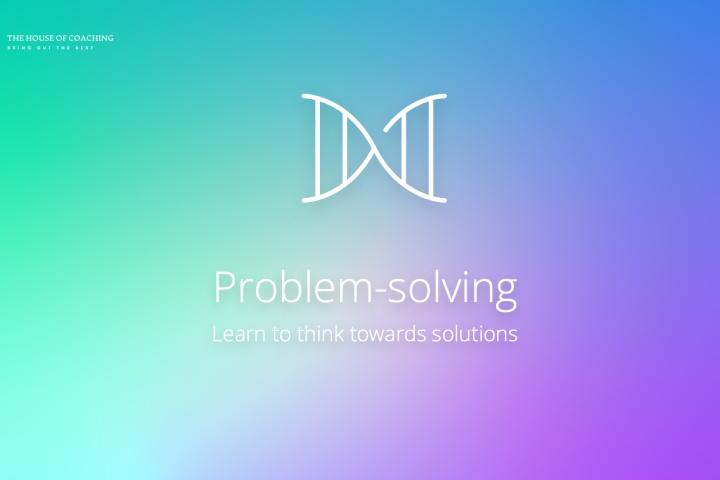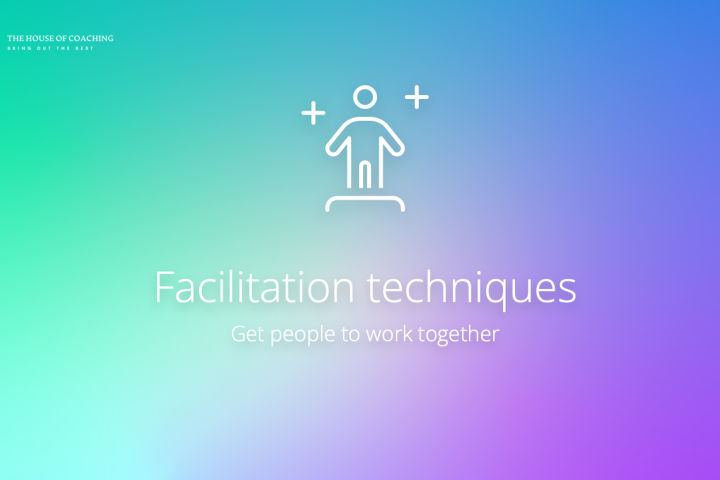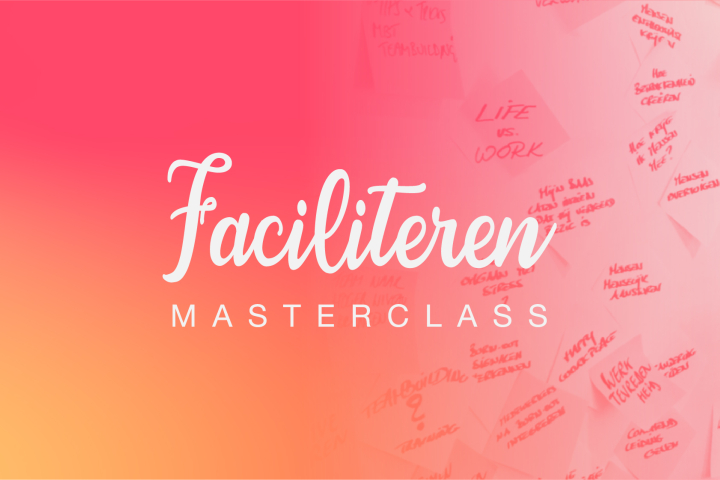

The SCORE makes Problem Solving easy
Picture this: it's a typical working day and you are faced with a challenging problem. Your first reaction might be to ask your boss for help. But what if you try to find a solution yourself first? How do you make the best use of the resources you have? Problem-solving skills are crucial for success in any job and at any level. It is also one of the most sought-after skills by managers.
Problem solving in the 21st century
In today's dynamic world, problem solving is an essential skill. Companies face unprecedented challenges and the need for effective problem solvers is greater than ever. Technological advances, globalisation and constant market changes require a new approach to problem solving. It is not just about finding a solution, but about understanding the problem and developing a strategy that fits each company's unique situation.
Popular Problem Solving tools
We are fortunate to have several effective problem-solving tools that are widely used in the modern business world. Here are some of the most popular ones:
- SWOT analysis: This tool helps identify Strengths, Weaknesses, Opportunities and Threats of an organisation or project.
- Five Whys: A technique that repeats asking "why?" to find the root cause of a problem.
- Fishbone diagram (Ishikawa): This diagram helps identify possible causes for a specific problem by organising the causes into categories.
- Pareto analysis: A technique that focuses on the 20% of causes that cause 80% of problems.
- Design Thinking: An approach that uses empathy and experimentation to develop innovative solutions.
The SCORE model: an easy tool for effective problem solving
The SCORE model provides a structured approach to problem solving. the SCORE stands for:
- Symptom / Symptom: Aspects of a perceived problem.
- Cause / Cause: Underlying reasons for the symptoms.
- Outcome / Outcome: The result or goal to be achieved.
- Resources / Resources: Resources to achieve the goal.
- Effect: The desired effect of achieving the goal.
How to use the SCORE Model?
- Naming the Symptoms: Where are we now? What is the problem and how does it manifest itself?
- Identifying the Causes: What are the underlying causes? Who benefits from the current situation?
- Definition of the Outcome: How do you envisage the future? How will it positively differ from the present?
- Activating Resources: What tools can help? What skills or knowledge do you need?
- Determining the desired Effect: What will change when the goal is achieved? What will then become possible?
The Role of a Facilitator in the SCORE Model
A facilitator or coach plays a crucial role in implementing the SCORE model. They ensure that insights are captured and actions are taken to address the problem or achieve the set goal. The facilitator acts as a guide, helping to navigate the complexity of the problem and find the right solution.
Whether you are an HR professional, an L&D manager or a business leader, understanding and implementing the SCORE model can significantly improve problem-solving capabilities among your team. And remember: every challenge is an opportunity to grow! In a world that is constantly changing, the ability to solve problems effectively is not just a skill but an art. The SCORE model is a powerful tool that can help you master this art.
At The House of Coaching, we understand the value of effective problem solving and offer coaching and training to develop this crucial skill. Contact us to find out how we can help you move from challenge to solution!



